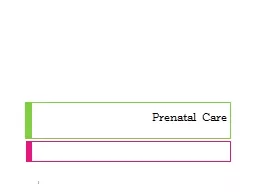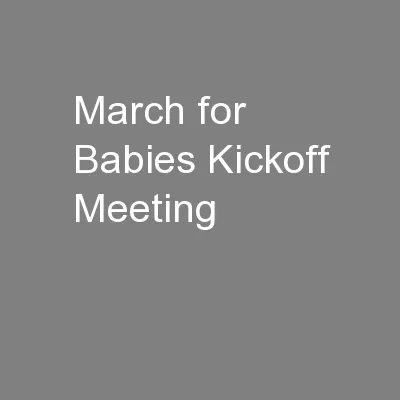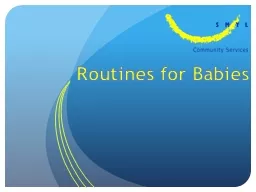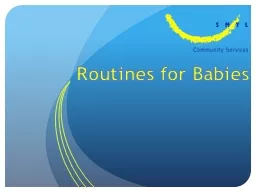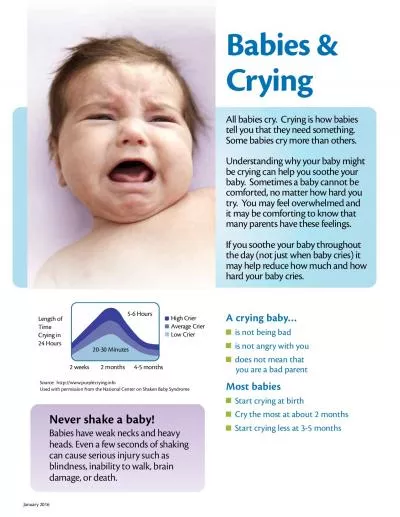PPT-Where babies come from
Author : giovanna-bartolotta | Published Date : 2016-11-30
2012 by W W Norton amp Company Development amp Socialization Chapter 5 Universal Brains Cultural Minds How do cultures get inside peoples heads Course Culture
Presentation Embed Code
Download Presentation
Download Presentation The PPT/PDF document "Where babies come from" is the property of its rightful owner. Permission is granted to download and print the materials on this website for personal, non-commercial use only, and to display it on your personal computer provided you do not modify the materials and that you retain all copyright notices contained in the materials. By downloading content from our website, you accept the terms of this agreement.
Where babies come from: Transcript
Download Rules Of Document
"Where babies come from"The content belongs to its owner. You may download and print it for personal use, without modification, and keep all copyright notices. By downloading, you agree to these terms.
Related Documents







